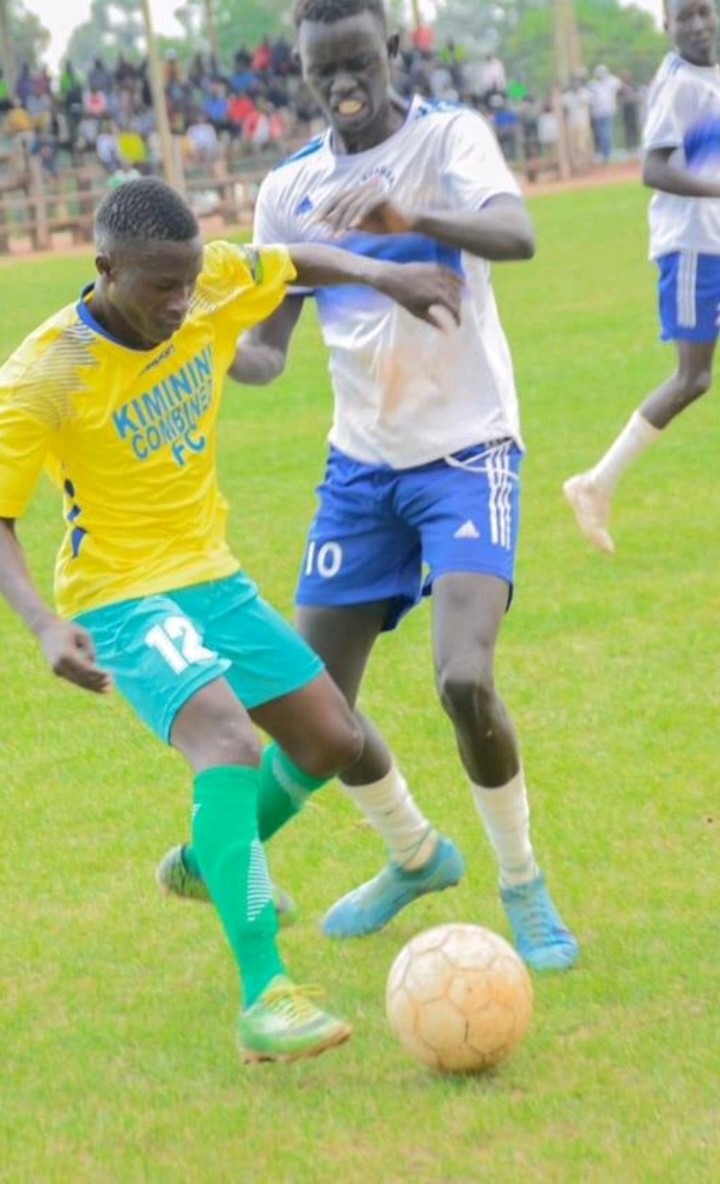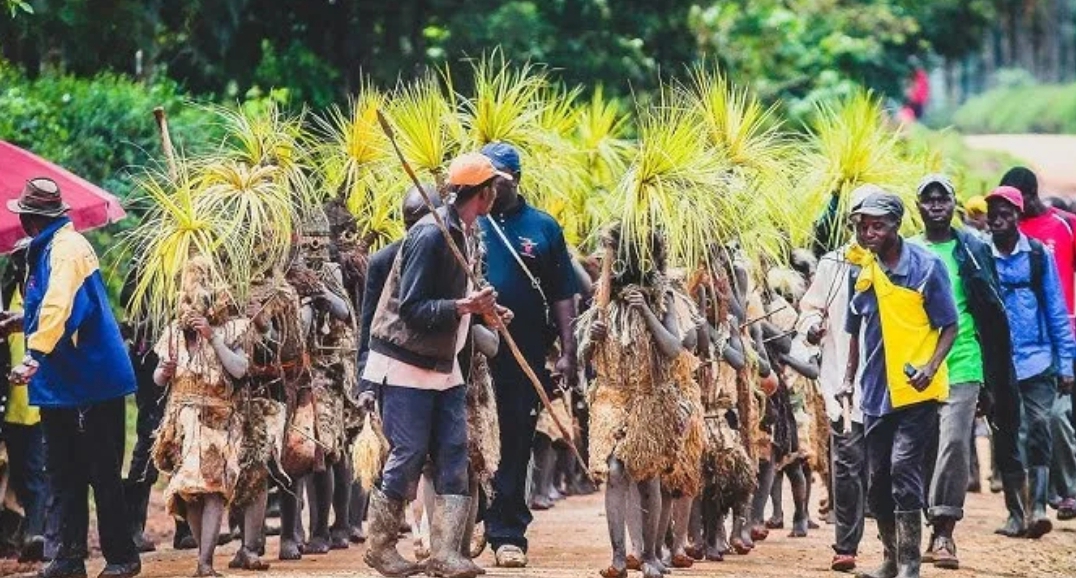The wave of sexual harassment and abuse scandals emerging in some of our most prestigious schools has forced us as a society to confront an uncomfortable truth.
Schools, which are supposed to be safe spaces for learners, are sometimes breeding grounds for exploitation and abuse.
The recent revelations at top girls’ schools in Kenya, including Loreto and Alliance, have put the issue of sexual grooming at the centre of public discourse.
Sexual grooming is a subtle, gradual and manipulative process by which a predator builds trust with a child or young person to prepare them for sexual abuse.
Unlike overt acts of violence, sexual grooming is often cloaked in gestures of kindness, mentorship, or care, making it hard for victims, parents, or even fellow teachers to detect immediately. Understanding the tell-tale signs is therefore crucial in protecting learners and creating safer educational environments.
One of the earliest indicators of grooming is the disproportionate attention a teacher or adult pays to a particular student. While good teachers naturally care for their students, grooming often involves singling out one learner for special treatment. This may manifest through constant praise, giving gifts, offering extra coaching or tuition sessions, or granting privileges denied to other students.
Over time, the student begins to see the teacher as uniquely invested in their success or well-being. This differential treatment, though it might look harmless, is a deliberate strategy to build dependence and loyalty, lowering the child’s defences and making them more vulnerable to manipulation.
Another warning sign is the deliberate effort to create opportunities for isolation. Groomers often look for excuses to be alone with a learner, whether during evening tuition, one-on-one counselling, errands outside the classroom or private meetings disguised as academic support.
Such isolation provides the predator with an opportunity to cross boundaries without being witnessed. In some cases, the grooming may begin in innocent-seeming ways – such as extra study time – but eventually, physical closeness or inappropriate touching is introduced under the guise of mentorship, discipline or affection. When a teacher consistently demands or orchestrates private access to a student, red flags should be raised.
Language and communication are also powerful tools in grooming. A teacher or adult involved in grooming might introduce suggestive conversations masked as jokes, compliments or casual remarks.
READ ALSO:
They may begin to normalise physical contact – such as patting on the back, hugging, or touching the arm – in ways that gradually escalate. In other instances, they might confide in the student, sharing personal stories or secrets to create an illusion of a special bond. Such behaviour blurs boundaries between the adult and child, making the learner feel complicit in maintaining secrecy. The manipulation may also involve emotional dependency, where the adult convinces the student that no one else understands or cares for them in the same way.
Technology has expanded the avenues through which grooming occurs. Teachers or adults who contact learners outside of school through text messages, social media, or phone calls, especially at unusual hours, should raise concern. Communication may begin with innocent discussions about academics, but can gradually shift into personal or intimate territory.
The secrecy of digital spaces makes it easy for predators to nurture trust, send inappropriate content, or pressure learners into silence. When a teacher begins to blur the boundaries of professionalism by maintaining private communication channels with students, it is a sign that needs scrutiny.
Another standard indicator is secrecy and the use of manipulation to silence the victim. Groomers often tell children to keep their interactions a secret, warning that if others find out, the student will face punishment, shame or disbelief. Sometimes, they may twist the situation to make the child feel responsible, convincing them that the relationship is special and must be protected.
In cases where grooming escalates into abuse, perpetrators may threaten the learner, suggesting that speaking out would lead to expulsion, embarrassment, or harm to their family. This culture of silence and fear is precisely what allows grooming to thrive unnoticed in schools.
Equally troubling are sudden changes in the learner’s behaviour. Victims of grooming often display shifts in mood, academic performance or social interactions. A once outgoing student may become withdrawn, anxious or secretive.
They may also begin to avoid certain classes, teachers, or activities without clear reasons. Sometimes the opposite occurs, where a student becomes overly protective or defensive of a particular teacher, resisting any criticism directed at them. Such behavioural changes should be taken seriously, as they often signal deeper issues.
The persistence of sexual grooming scandals in our schools highlights the urgent need for vigilance. It is not enough for Boards of Management and the Teachers Service Commission to react once cases blow up in the media. Parents, teachers, students, and administrators must be trained to recognise grooming behaviours before they escalate into abuse.
Safeguarding policies must extend beyond theory to practical enforcement, ensuring that no teacher is granted unsupervised access to students in a manner that compromises safety. Strict reporting channels and the protection of whistleblowers are equally essential, so that students feel safe to speak out without fear of victimisation.
Sexual grooming thrives in silence, secrecy and ignorance. By becoming alert to the tell-tale signs—special treatment, isolation, boundary-crossing behaviour, secretive communication, manipulative language, and sudden changes in student behaviour—we can expose predators before they cause irreparable harm.
Every child has a right to learn in an environment that is free from fear, exploitation, and abuse. Protecting this right is not only the duty of parents or administrators but a collective responsibility of society. In the wake of the ongoing scandals, the lesson is clear: we must sharpen our eyes to see the grooming that often hides in plain sight.
By Ashford Kimani
Ashford teaches English and Literature in Gatundu North Sub-County and serves as Dean of Studies.
You can also follow our social media pages on Twitter: Education News KE and Facebook: Education News Newspaper for timely updates.
>>> Click here to stay up-to-date with trending regional stories
>>> Click here to read more informed opinions on the country’s education landscape






